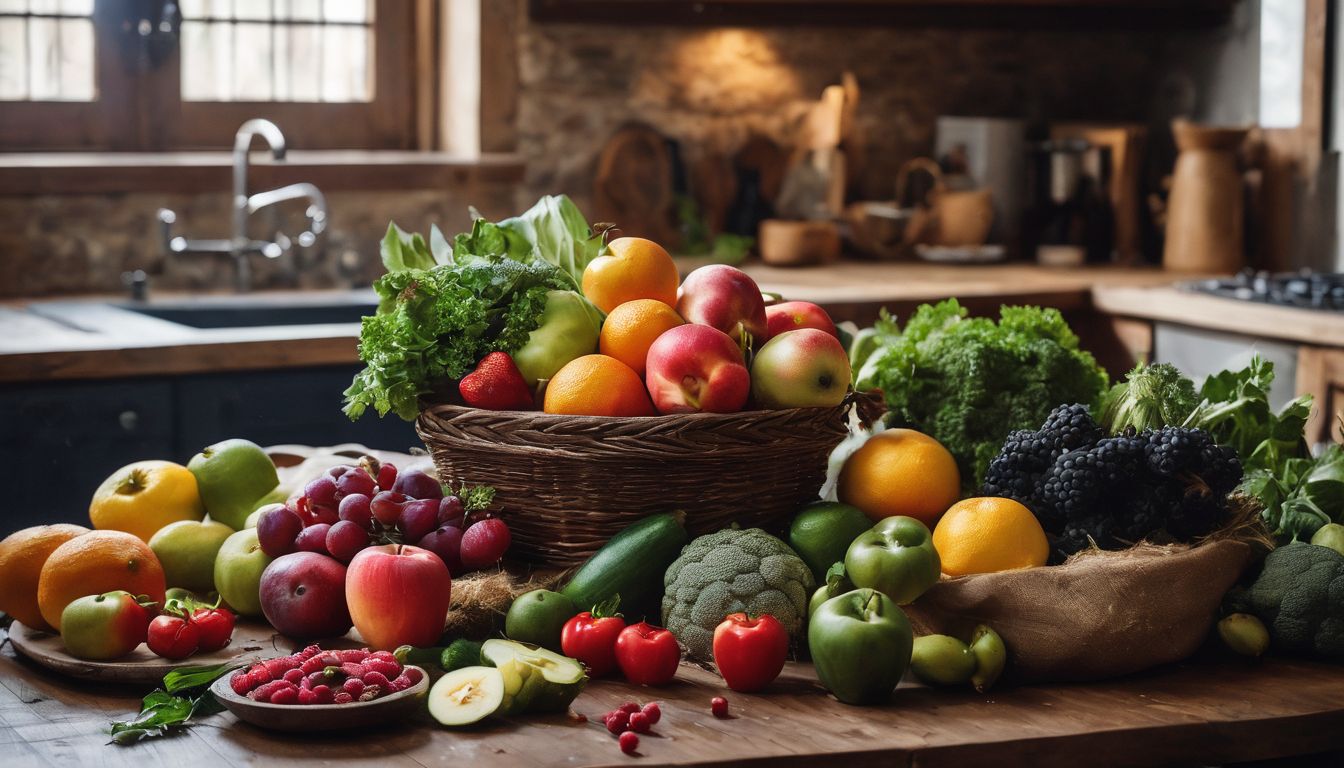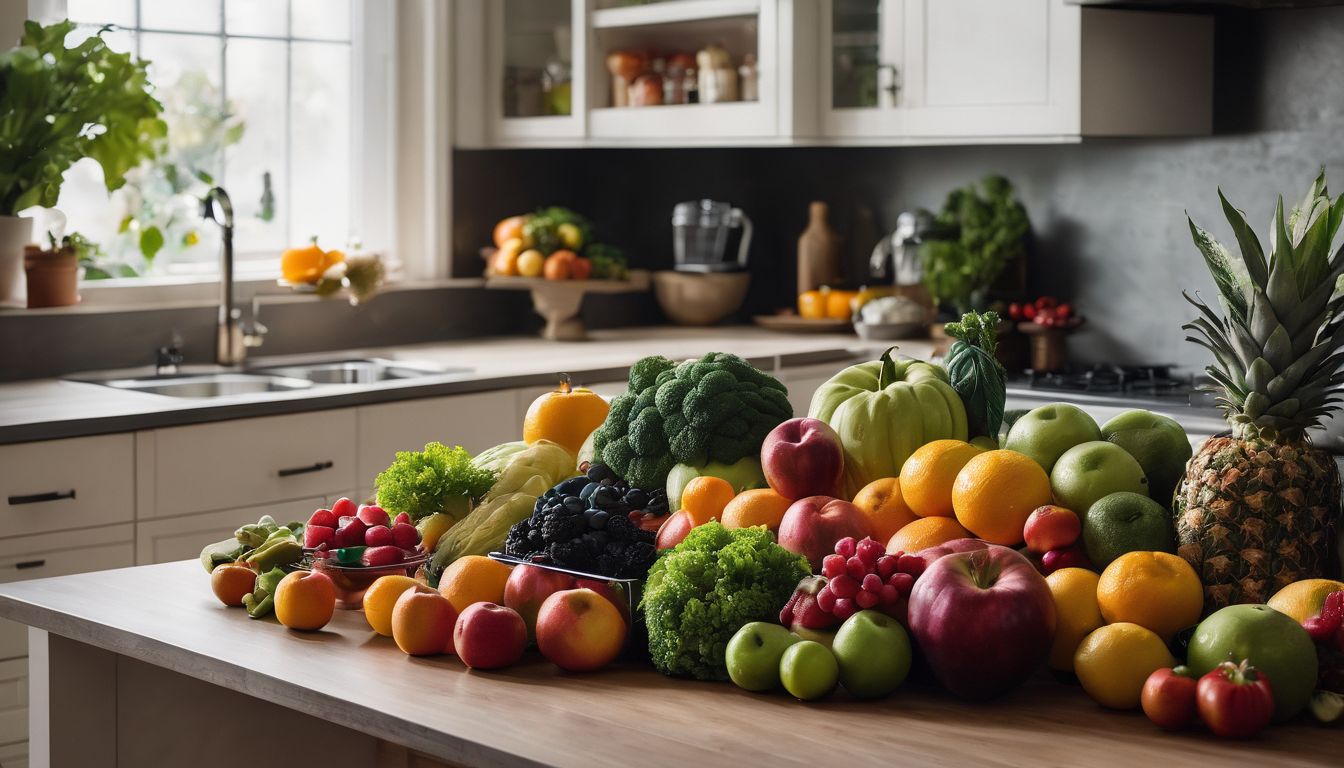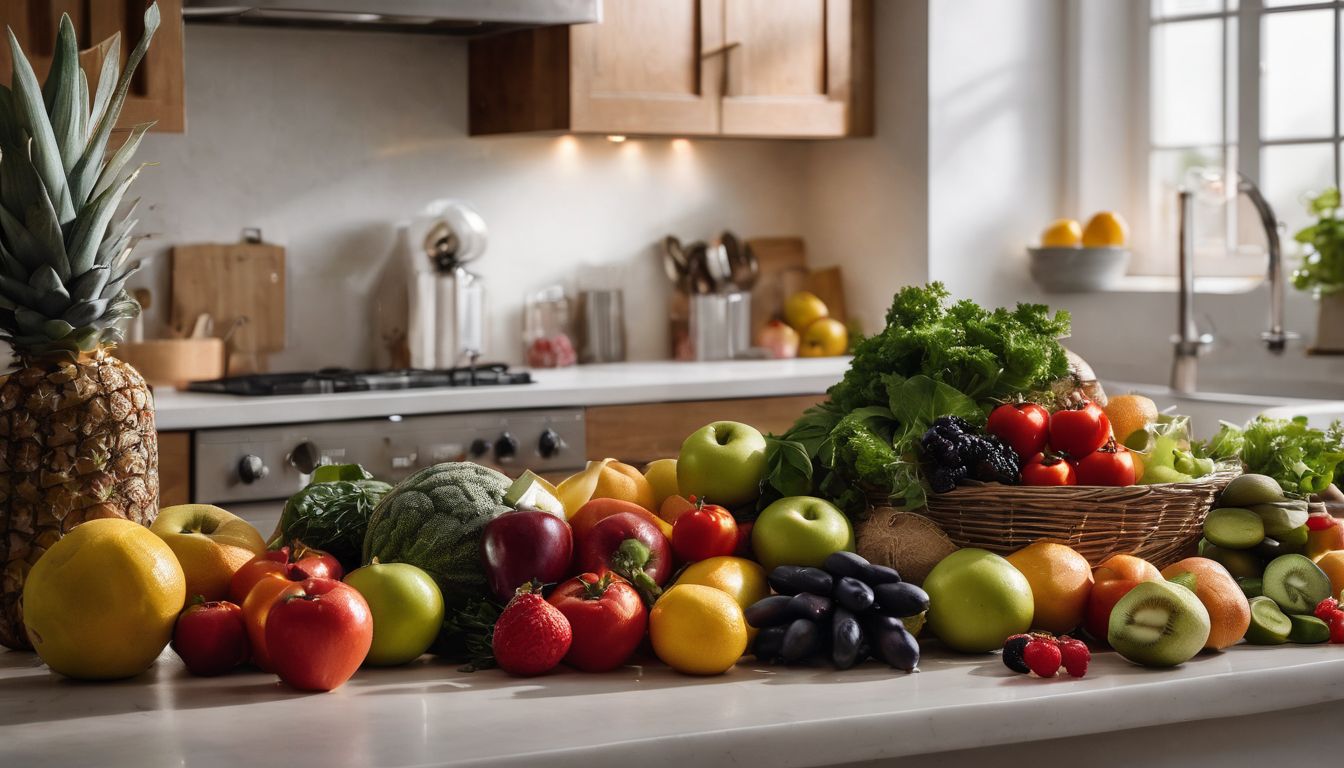The dentist has been telling me to use mouthwash after I brush my teeth from the time that I can remember. I never even really questioned what mouthwash was actually made out of until recently. There are mouthwashes for all sorts of oral hygiene problems – canker sores, teeth whitening, gum disease. However, are these mouthwashes doing more harm than good?
BENEFITS FOR YOUR HEALTH:
Mouthwash was created for the purpose of killing germs. There are two common ingredients in mouthwash that help get this job done: chlorexidin and benzidamine-HCL. However, we don’t think about the “good” bacteria that these ingredients may be killing in the process. Even though we don’t swallow mouthwash, it can be absorbed into the mouth tissues and enter the bloodstream. We also inherently swallow the residue, even after rinsing our mouths. The mouthwash residue then enters the stomach and can kill helpful intestinal bacteria. Daily use of mouthwash has been linked to increased risk of oral cancer, tooth enamel erosion, increased tooth sensitivity, and worse breath.1
When I saw that worse breath was listed as a negative side effect of traditional mouthwash, I was surprised. Most people use mouthwash as a way to rid their mouth of bacteria from food and thereby improve the way their breath smells. However, mouthwash contains alcohol, which dries out your mouth. When saliva glands are dried out, they can’t wash away bacteria, and then the bacteria will continue to flourish and cause your breath to smell worse.2
Mouthwash can also alter the natural pH of your body’s saliva. While healthy body saliva has a pH between 6.4 and 6.8, common mouthwash brands such as Listerine and Scope have a pH of 4.3 and 5.0 respectively. This means that conventional mouthwashes are more acidic than the natural pH of your mouth. Using acidic mouthwashes has been linked to teeth enamel erosion and therefore increased teeth sensitivity.3
Professor Michael McCullough stated in the Dental Journal of Australia that mouthwashes should only be available if you have a prescription and should only be used as a short-term solution. He also stated that there is a carcinogenic breakdown product of alcohol called acetaldehyde, which can build up in the mouth and eventually lead to oral cancer. McCullough also stated that his findings indicated that the alcohol in mouthwash allows other carcinogens, such as nicotine, to penetrate the mouth tissues more easily. Therefore, he warns that smokers should be especially wary of using mouthwash.4
Lastly, conventional mouthwashes often have artificial flavors and coloring. They can also help alter the natural chemical balance of the mouth. In some cases, these flavoring and colorings can be extremely irritating to some people and may even cause dermatitis, which is an inflammation of the skin.5 Thus, there are many potential health benefits from switching to a natural DIY mouthwash.
BENEFITS FOR THE ENVIRONMENT:
By using your own bulk ingredients and materials, such as reusable glass jars, you can significantly lower your mouthwash ecological footprint. The packaging and toxic chemicals in conventional mouthwashes both negatively impact our environment by adding waste to landfills and contaminating our .
BENEFITS FOR ANIMALS:
Some mouthwash brands use animals to test their products.6 By making your own mouthwash, you avoid accidentally supporting animal testing. For more information on animal testing: .
Cost: Medium. Buying 1.5 liters of Listerine at a store usually costs around $6.7 While this recipe will not make you 1.5 liters all at once, the ingredients, some of which you may already have in your kitchen, will definitely yield several rounds of mouthwash.
Time and Effort: Low. Once you have the ingredients, the mouthwash is easy to mix together.
Ingredients:
½ teaspoon ground cinnamon
1 ½ teaspoon honey
½ teaspoon baking soda
1 cup hot water
Cinnamon, honey, and baking soda all fight the bacteria left in our mouths from food. Baking soda can also help whiten teeth.
Additional Materials Needed:
Airtight glass jar
Measuring cups
Instructions:
- Boil water and then pour into airtight jar.
- Add the other three ingredients to the jar.
- Shake vigorously.
- Wait until the mixture has reached room temperature for usage.
- To use, put about 2 tablespoons in your mouth and swish ☺
- Shake every time before use.
- Discard this mixture after one week and repeat!
For more information about do-it-yourself, non-toxic oral hygiene, check out:




